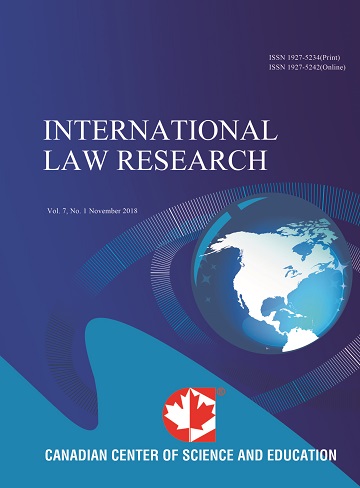Evidence Gathering: The Exclusionary Rule in China
- Victoria Time
Abstract
Using a content analysis strategy, this paper argues against recent skepticism about China’s newly revised “exclusionary rule” – a rule that requires evidence to be suppressed if police officers acquired it in violation of standard procedures. Some current studies like those of Lewis (2011) and Heon-Ju Rho (2011) have referred to China’s exclusionary rule as “mere symbolism” and “window dressing.” Based on studies which explain that it does take considerable time to evaluate the effectiveness of transplanted law, the argument of this paper favors the idea that hasty assessments of a newly passed law should be withheld until a reasonable volume of cases are examined. That is, there has to be sufficient data to assess whether the rule creates an impact positively, negatively, or if no change is envisaged.
This paper thus finds relevance in that (1) it lends support to the revised criminal procedure law that relates to the exclusionary rule adopted in China; (2) it highlights the merits of the spirit and intent of the exclusionary rule, and (3) it calls for restraint in early assessment of the law.
- Full Text:
 PDF
PDF
- DOI:10.5539/ilr.v1n1p144
Journal Metrics
h-index (2017): 2
i10-index (2017): 0
h5-index (2017): N/A
h5-median (2017): N/A
Index
- CNKI Scholar
- COPAC
- CrossRef
- DTU Library
- EuroPub Database
- Excellence in Research for Australia (ERA)
- Ghent University Library
- Google Scholar
- Harvard Library
- Infotrieve
- Jisc Library Hub Discover
- LOCKSS
- Open J-Gate
- PKP Open Archives Harvester
- Publons
- ROAD
- Scilit
- SHERPA/RoMEO
- Stanford Libraries
- Ulrich's
- UniCat
- Universe Digital Library
- UoS Library
- WorldCat
Contact
- Joseph TaiEditorial Assistant
- ilr@ccsenet.org
